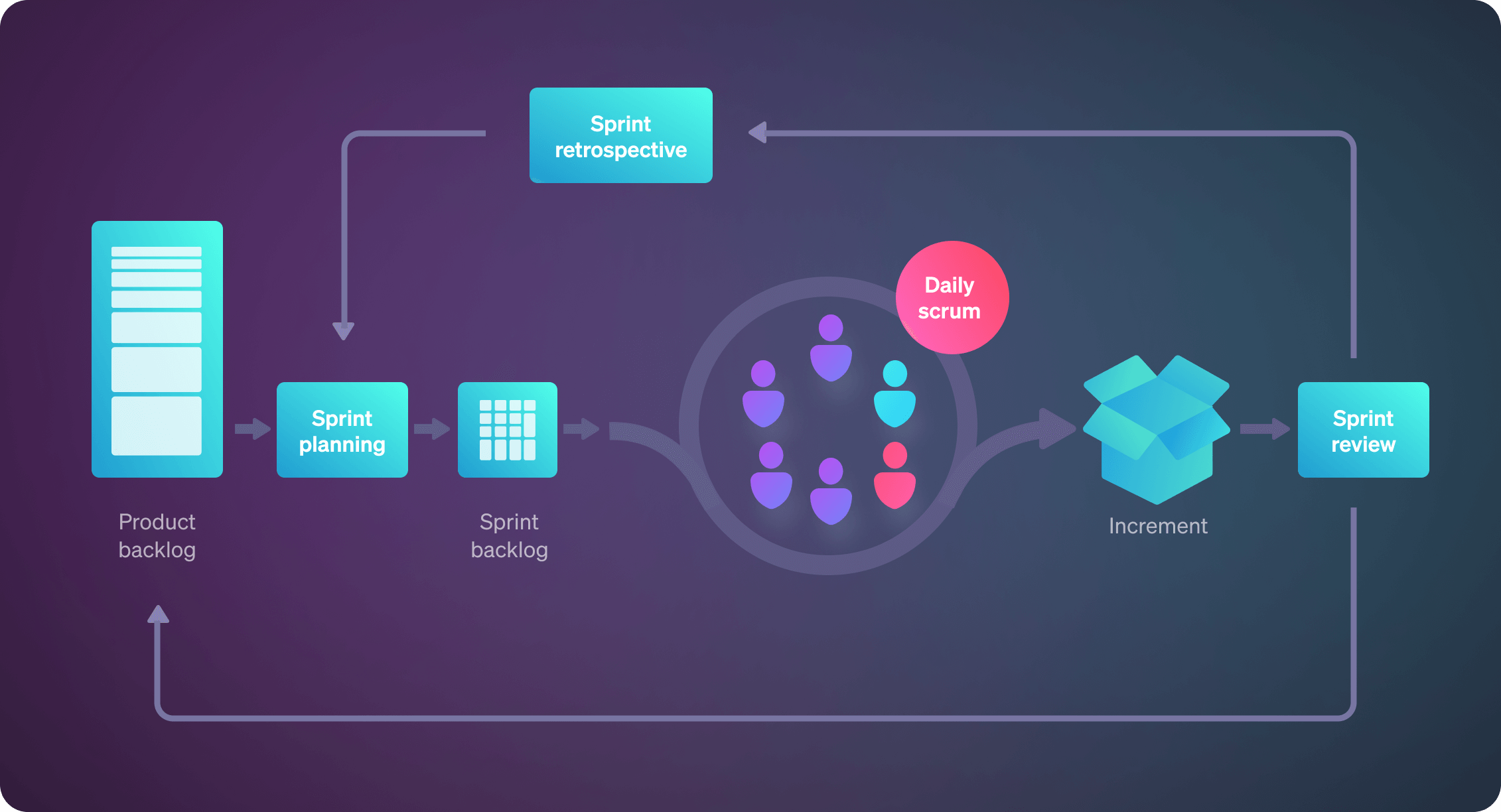
As programmers, agile is an inescapable part of our workflow – especially in spaces and places that want to keep up the competitive edge.
The idea behind agile is simple – it is an iterative and incremental software development methodology that focuses on the process of creating code and its relationship to the people it serves. There are various methodologies under the umbrella of agile. Two of the most popular ones are extreme programming and scrum.
On the surface, extreme programming and scrum look similar, but they are two very different ways of creating code and collaborating. So, what exactly is extreme programming and scrum, and what are the differences between the two?
Extreme programming (XP) is a software development methodology that is intended to improve software quality and responsiveness to change. XP is a collection of practices that are intended to be used together. Some of the key practices in XP include:
The goal of XP is to produce software that is more responsive to change and is of a higher quality than software developed using other methodologies.

XP encourages a user-centric, incremental, and evolutionary approach to software development. The idea behind XP is that it takes a team of developers working together to produce the best software. XP breaks down the software development process into a number of small steps that can be completed quickly and efficiently. It also encourages the use of simple, flexible, and open-ended coding tools. This helps developers to be more creative and to come up with better solutions to problems.
The following steps are an example of how XP might be used:
Any discussion of what scrum is in the agile methodology context would be incomplete without talking about the origins of scrum. Scrum was developed to be a flexible alternative to heavyweight project management frameworks like waterfall.
The key characteristics of scrum are its focus on incremental delivery, self-organising teams, and accepted user feedback. In a scrum environment, teams work in short bursts called “sprints” to deliver working software that can be used by stakeholders and end-users to get feedback. This feedback is then used to inform the next sprint, ensuring that the software is constantly evolving to meet the needs of the users.
The distinguishing feature of scrum is the use of “story points” to measure the effort required to complete a given task. This allows teams to accurately estimate the size of a task and plan their work accordingly.
The scrum framework consists of the following elements:
The product owner is responsible for understanding the needs of the users and creating a product backlog that meets those needs. The scrum master is responsible for ensuring that the team is productive and efficient and that they are following the Scrum framework. The team of developers is responsible for delivering working software in short increments.

The scrum framework is flexible, which means that it can be adapted to meet the needs of a particular project or organisation. However, there are a few basic rules that must be followed in order to ensure that scrum is effective. These include the following:
XP has been criticised by some for being too rigid, and not taking into account the needs of larger projects. However, XP has been successful in many cases and it is still being used by many software development teams today. A newer methodology, Scrum, has been gaining popularity in recent years as an alternative to XP. While they share some similarities, there are also some key differences between XP and Scrum.
Here is a comparison of the main key differences between XP and Scrum:
Both XP and scrum are suited for small and large projects, but they have different strengths and weaknesses. XP is well-suited for projects that require frequent changes and rapid feedback. The philosophy behind XP is to constantly simplify and adapt the project as it progresses. This makes XP well-suited for projects that are in a rapidly changing environment.
Scrum is well-suited for projects that have a lot of unknowns at the beginning. In scrum, the project is divided into small tasks that can be completed in a short amount of time. This makes it easy to make changes and adapt to new information. Scrum is also well-suited for projects that require a lot of collaboration.
Both extreme programming and scrum aim to achieve the same goal – create code as quickly and as efficiently as possible. While the processes of executing the methodologies may differ, the end result is a working program that’s delivered with the smallest number of defects.Regardless of which agile method you end up using, the tools you use can also impact on the speed and quality of your code output. AI-assisted development, for instance, is also an emerging area that’s here to stay. This is where TabNine comes in. Our all-language code completion is an AI-driven tool that boosts your productivity and anticipates your next coding thoughts based on machine learning and patterns. Whether you’re a VSCode, Sublime, or WebStorm user – Tabnine has you, your team, and your code covered so everyone can move at speed.